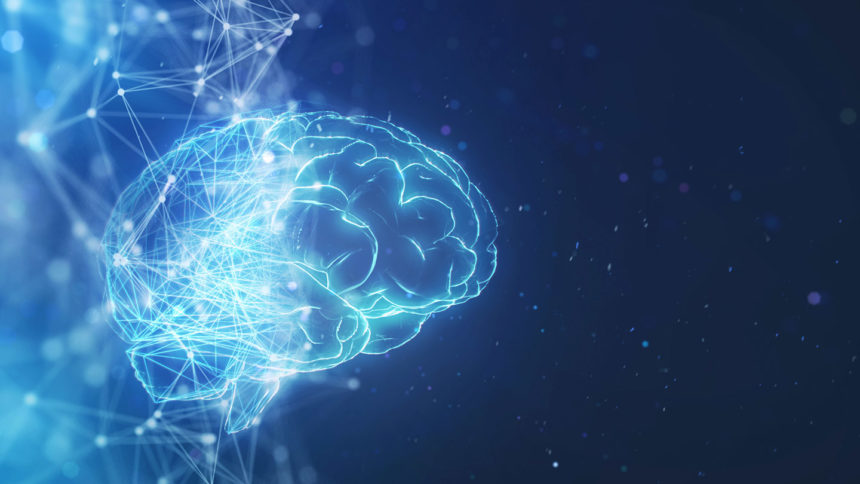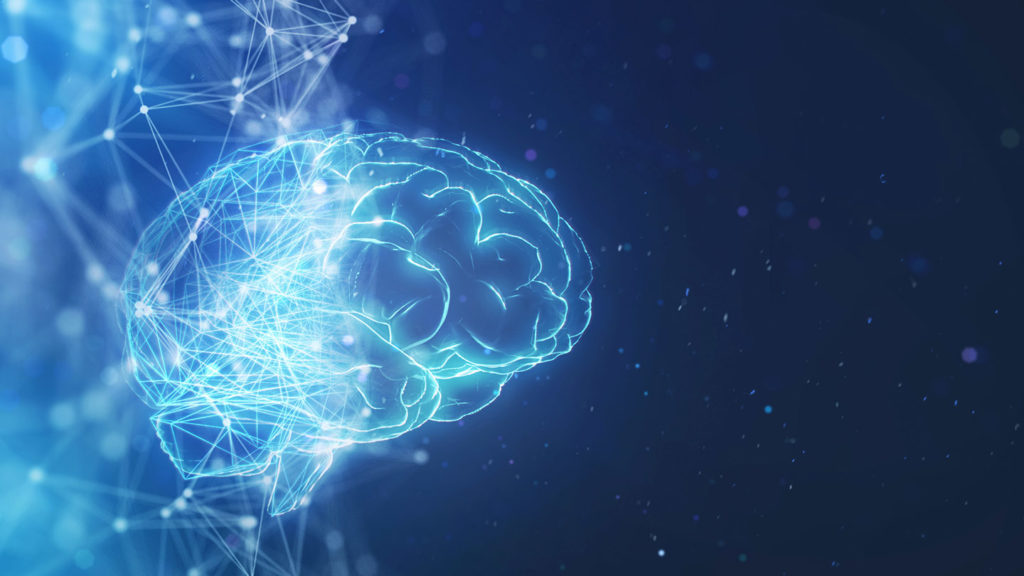

A recent study has unveiled a groundbreaking application of deep brain stimulation, expanding its known efficacy beyond severe cases of Parkinson’s disease.
Experts at Mass General Brigham were able to use DBS to create what they called a “human dysfunctome,” a map of the portion of the brain’s frontal cortex that was producing neurological disorders. The study created a brain map for Parkinson’s as well as three additional conditions: dystonia, obsessive compulsive disorder and Tourette’s syndrome.
“Frontal circuits play a critical role in motor, cognitive and affective processing,” the study authors wrote, “and their dysfunction may result in a variety of brain disorders. However, exactly which frontal domains mediate which (dys)functions remains largely elusive.”
The better scientists understand precisely where issues are occurring within the brain, the more targeted and effective treatment can be, the researchers explained. They added that their discoveries, including the dysfunctome, also could pave the way for treatment options that are less invasive than DBS.
Although the four conditions evaluated have very different symptoms, the research found that, based on the overlapping patterns of brain dysfunction, those disorders are related physiologically.
For older adults living with Parkinson’s, recent research and innovation has explored ways of making DBS less of an ordeal, or more effective.
That research and innovation includes recently released software from Boston Scientific that more precisely controls the DBS electrical pulse during treatment, as well as creating more durable implants that don’t wear as easily or affect the surrounding brain.
The study was published earlier this month in the journal Nature Neuroscience.


